5 things you need to know about Bird Flu

Bird Flu is causing unparalleled mortality of wild birds and other animals worldwide. A new statement from the Scientific Task Force on Avian Influenza and Wild Birds, of which BirdLife is a member, offers key insights on the impacts this disease has on wild birds, and importantly what needs to be done about it. WARNING: GRAPHIC AND SENSITIVE CONTENT
1.We need to tackle this disease now.
Bird Flu has evolved to spread more rapidly and easily in wild bird populations. Previously, this disease spread significantly in farmed bird populations and it was quite rare for wild birds to catch it – when outbreaks did occur, they usually impacted a limited number of species and only lasted a few months. This is no longer the case. With birds under greater threat than ever before, this virulent strain of Bird Flu cannot be categorised as a natural process and left to wreak havoc.
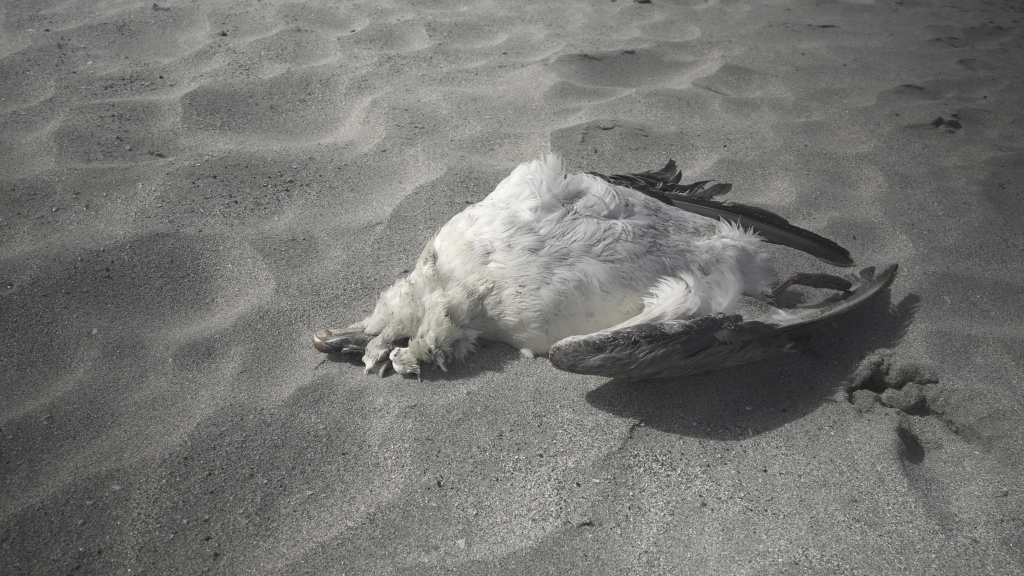
2. Governments are not doing enough to prioritise wild birds.
Efforts to monitor the impact of this disease have been focused on farmed birds. However, understanding the impact on wild birds will help us manage the disease better as well as work towards the recovery of impacted populations.
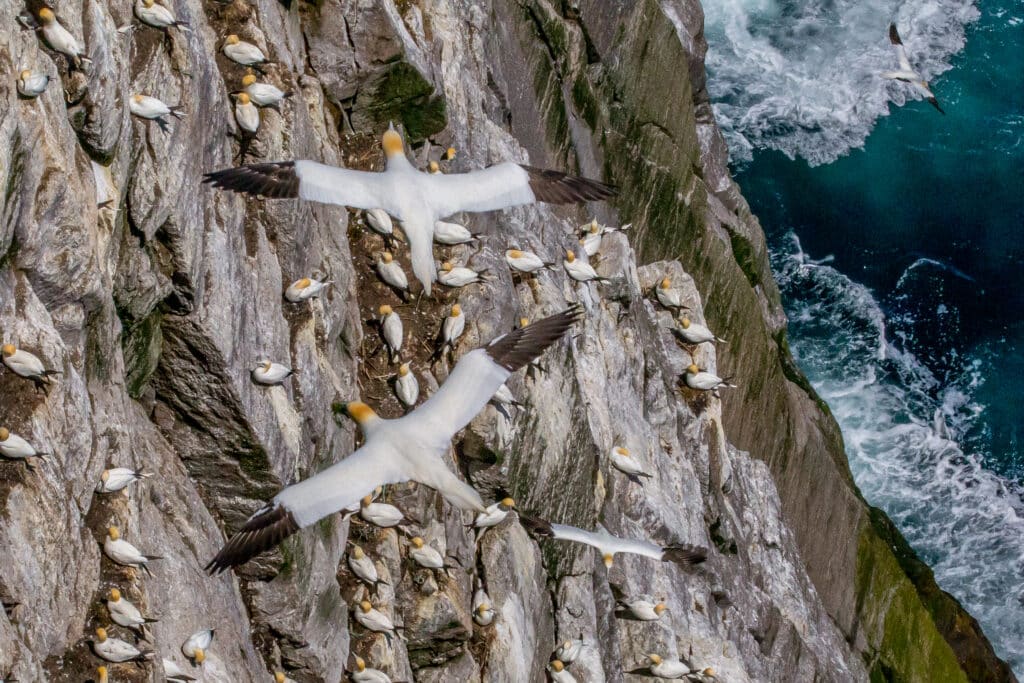
3. We must work together.
Bird Flu affects us in many ways through its impacts on environmental health, conservation and farming. We cannot manage this disease separately, instead all sectors must strategically work together to combat all impacts of Bird Flu. The proposed ‘One Health’ approach tackles this disease in an integrated way across all impacted sectors.
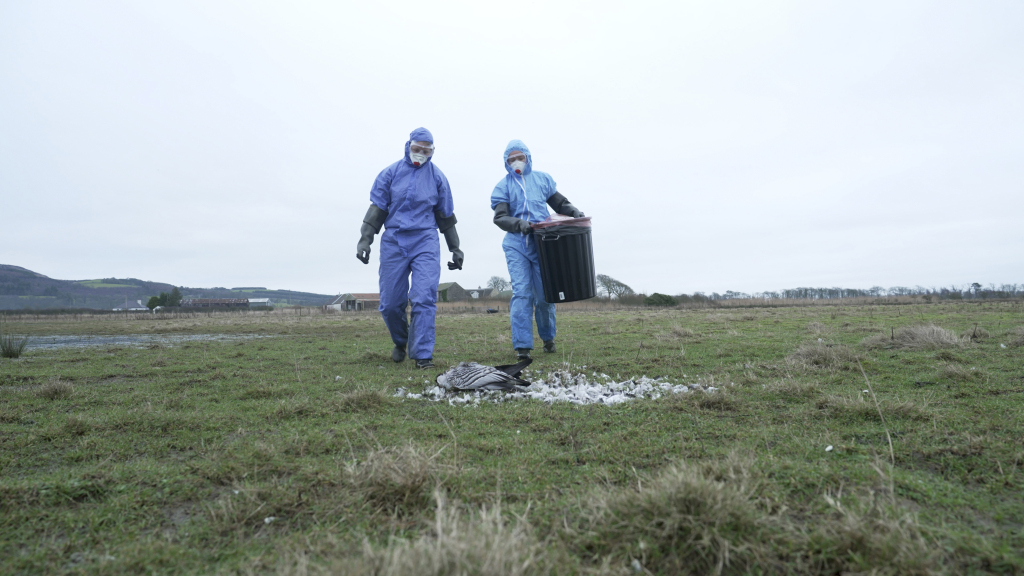
4. Culling birds is pointless.
Protecting habitats, providing alternative places for birds to breed, and other conservation efforts can help wild birds weather the impacts of Bird Flu. Spraying disinfectant may harm the environment, while culling birds is pointless and can even be counterproductive.
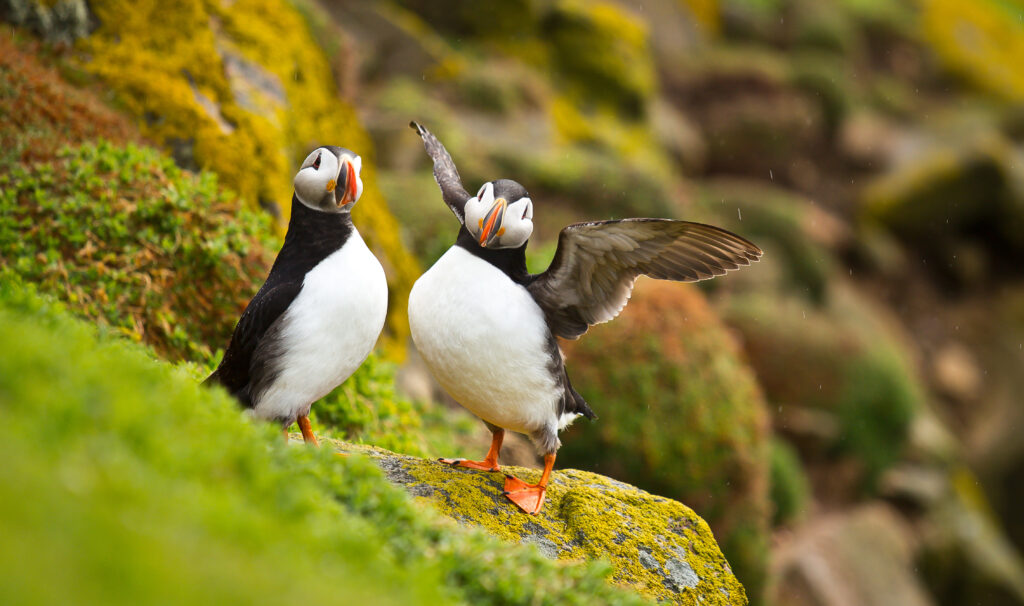
5. We must change the way farmed birds are managed.
Bird Flu originates from poultry farming. Most likely caused by having too many birds in too little space, combined with poor containment of contact with wild birds. The nature and sustainability of poultry farming must be changed to prevent future disease outbreaks.
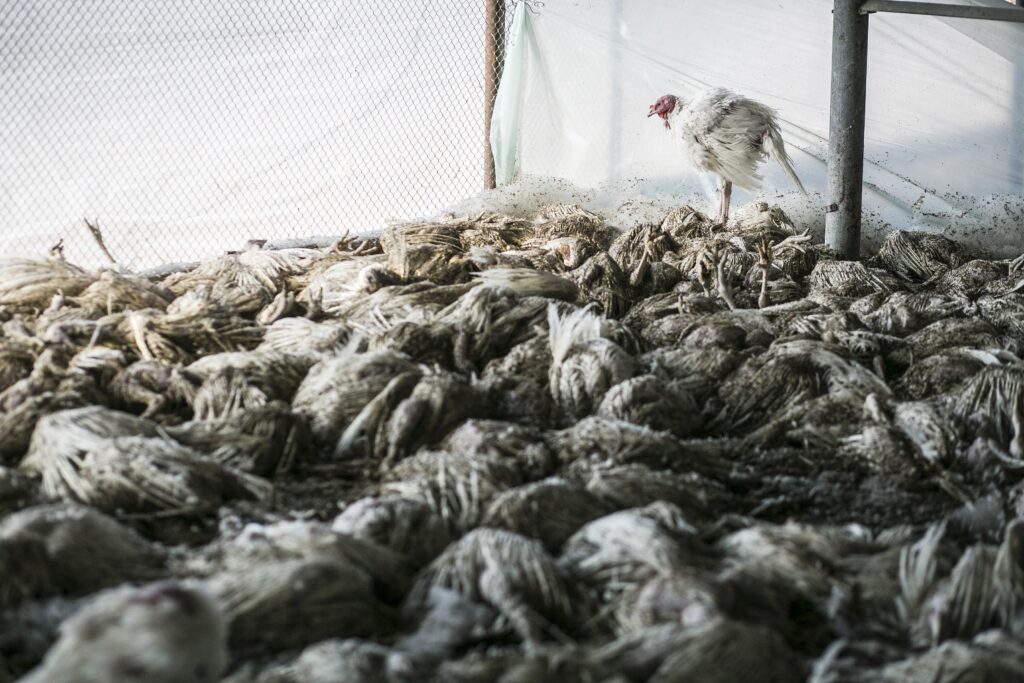
What can you do about it?
The best thing you can do to help is look out for dead birds (but avoid close contact) and report them to your local environmental authority. This will help us understand the impact of this disease and how many birds are being affected. If you are not sure who this is, contact your local BirdLife Partner and support them to protect birds in crisis.